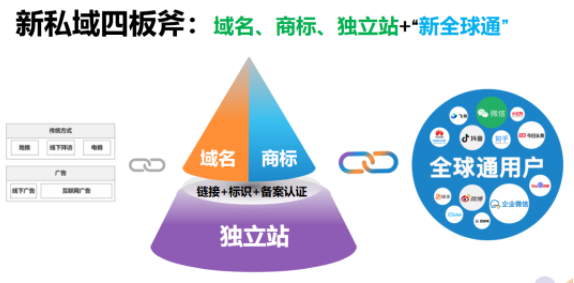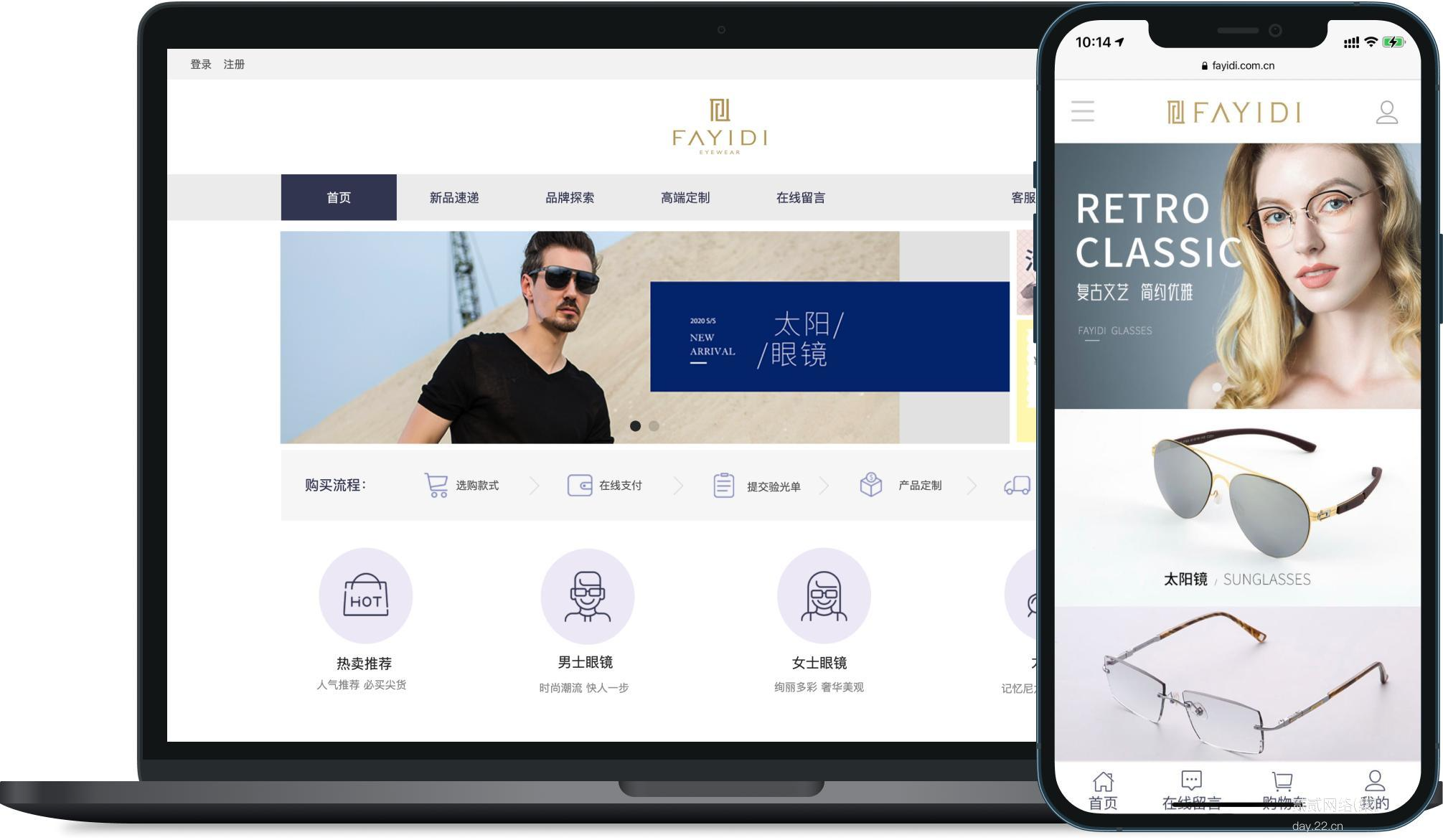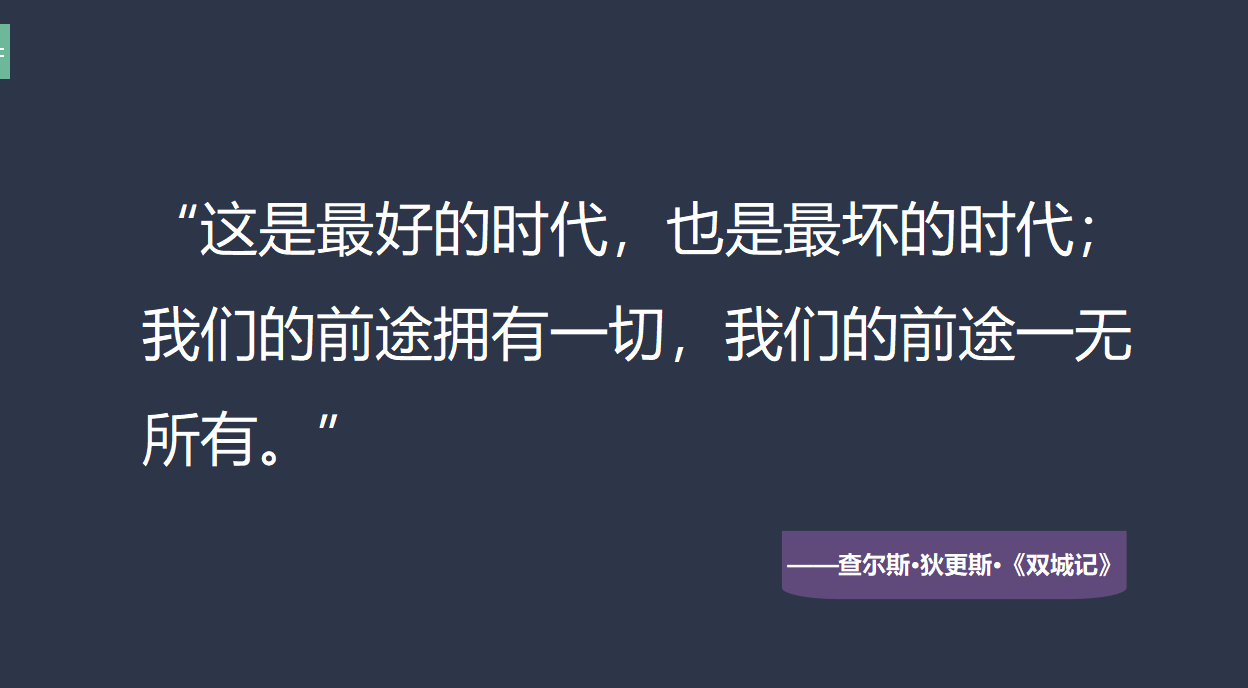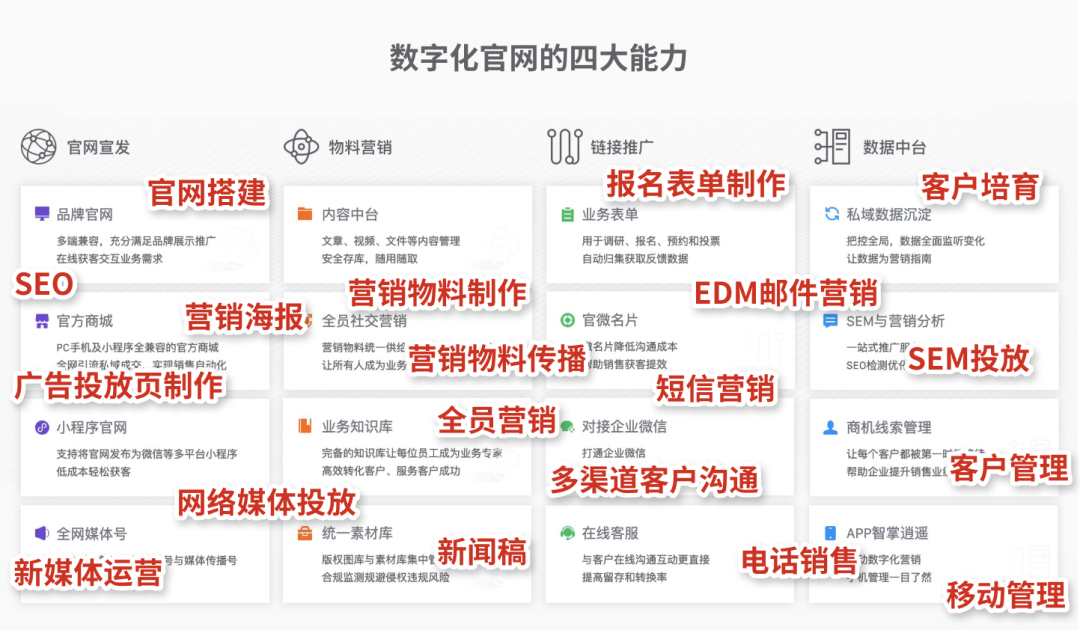如何设置内联样式
介绍
大多数静态网站都是使用 HTML、CSS 和 JavaScript 构建的。HTML 用作标记语言,CSS 负责设置样式,JavaScript 负责处理交互性。但随着 React 等库的出现,一切似乎都由 JavaScript 管理。这种范式转变导致了一种新的样式思维方式。
在 React 中,您可以通过多种方式设置样式,包括使用类、ID 或内联样式。在本指南中,您将学习如何使用内联样式方法为组件设置样式。
内联样式概述
传统上,您会将内联样式作为字符串添加到 HTML 元素的 style 属性中。style 属性可以包含任何 CSS 属性。
例如:
<h1 style="color:green;text-align:center;">Inline Style</h1>
内联样式可用于将特定样式应用于单个元素。如果您发现自己将相同的内联样式添加到多个元素,则应考虑改用类添加样式。
在 React 中,内联样式不是以字符串形式指定的。它们被定义为一个对象,该对象以驼峰式 CSS 属性作为其键,其值通常是一个表示样式值的字符串。如果你想将样式作为 prop 传递,或者想要一些条件样式,你会发现自己需要内联样式。
在 React 组件中设置内联样式
在上一节的示例中,您可以为标题创建一个单独的组件。要指定样式,请使用<H1>组件上的style属性。
在构造函数中指定样式对象,如下所示。
this.styles = {
color: "green",
textAlign: "center",
};
请注意,此处的text-align CSS 属性已采用驼峰式命名法转换为textAlign。
将此样式对象传递给<H1 />组件,如下所示。
import React from "react";
class Heading extends React.Component {
constructor(props) {
super(props);
this.styles = {
color: "green",
textAlign: "center",
};
}
render() {
return <H1 style={this.styles}>{this.props.text}</H1>;
}
}
使用扩展运算符组合多个样式对象。
import React from "react";
class Heading extends React.Component {
constructor(props) {
super(props);
this.styles = {
color: "green",
textAlign: "center",
};
this.fontStyles = {
fontSize: "32px",
fontWeight: "bold",
};
}
render() {
return (
<H1 style={{ ...this.styles, ...this.fontStyles }}>{this.props.text}</H1>
);
}
}
您还可以使用Object.assign()方法来组合多种样式。
import React from "react";
class Heading extends React.Component {
constructor(props) {
super(props);
this.styles = {
color: "green",
textAlign: "center",
};
this.fontStyles = {
fontSize: "32px",
fontWeight: "bold",
};
}
render() {
return (
<H1 style={Object.assign({}, this.styles, this.fontStyles)}>
{this.props.text}
</H1>
);
}
}
条件样式
假设您必须根据 prop 减小标题的大小。使用三元运算符(?、:)或逻辑运算符(&&或||)根据状态或 props 有条件地添加或删除样式对象。
import React from "react";
class Heading extends React.Component {
constructor(props) {
super(props);
this.styles = {
color: "green",
textAlign: "center",
};
this.fontStyles = {
fontSize: "32px",
fontWeight: "bold",
};
}
render() {
return (
<H1
style={Object.assign(
{},
this.styles,
this.fontStyles,
this.props.small && { fontSize: "20px" }
)}
>
{this.props.text}
</H1>
);
}
}
在默认样式的末尾添加条件样式,这样条件样式就不会被默认样式覆盖。此外,为了便于阅读,最好将任何样式对象存储在单独的变量或属性中。
import React from "react";
class Heading extends React.Component {
constructor(props) {
super(props);
this.styles = {
color: "green",
textAlign: "center",
};
this.fontStyles = {
fontSize: "32px",
fontWeight: "bold",
};
this.smallFontSize = this.props.small && { fontSize: "20px" };
}
render() {
return (
<H1
style={Object.assign(
{},
this.styles,
this.fontStyles,
this.smallFontSize
)}
>
{this.props.text}
</H1>
);
}
}
结论
本指南可以作为您进入样式领域的起点。为了进一步学习,请尝试使用类或第三方框架(如 Bulma 或 Bootstrap)的不同样式策略。通常认为将 UI 组件与应用程序的核心或业务逻辑分开是一种最佳实践。您还可以使用 CSS 模块、样式组件等高级模式来设置应用程序的样式。您必须进行一些实验,以根据您的用例找出最适合您或您的团队的方法。
免责声明:本内容来源于第三方作者授权、网友推荐或互联网整理,旨在为广大用户提供学习与参考之用。所有文本和图片版权归原创网站或作者本人所有,其观点并不代表本站立场。如有任何版权侵犯或转载不当之情况,请与我们取得联系,我们将尽快进行相关处理与修改。感谢您的理解与支持!



































请先 登录后发表评论 ~